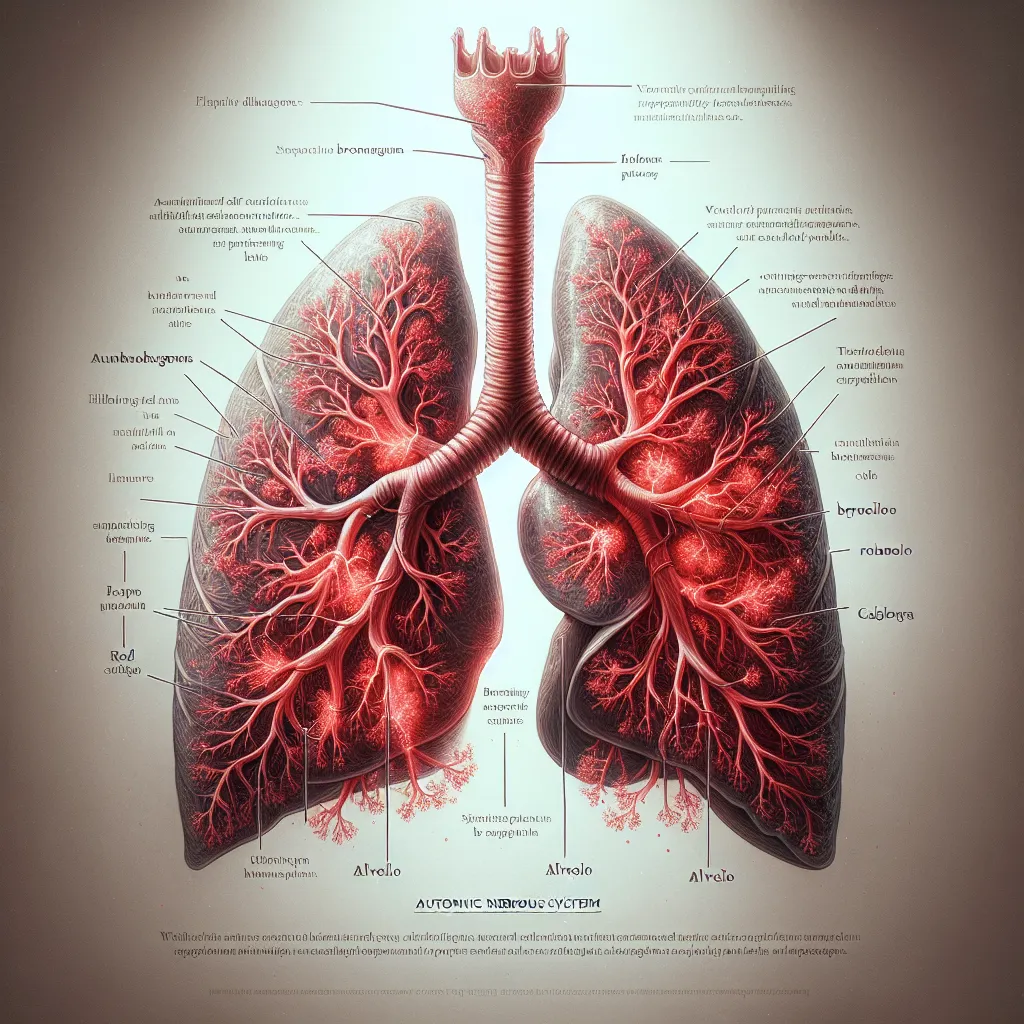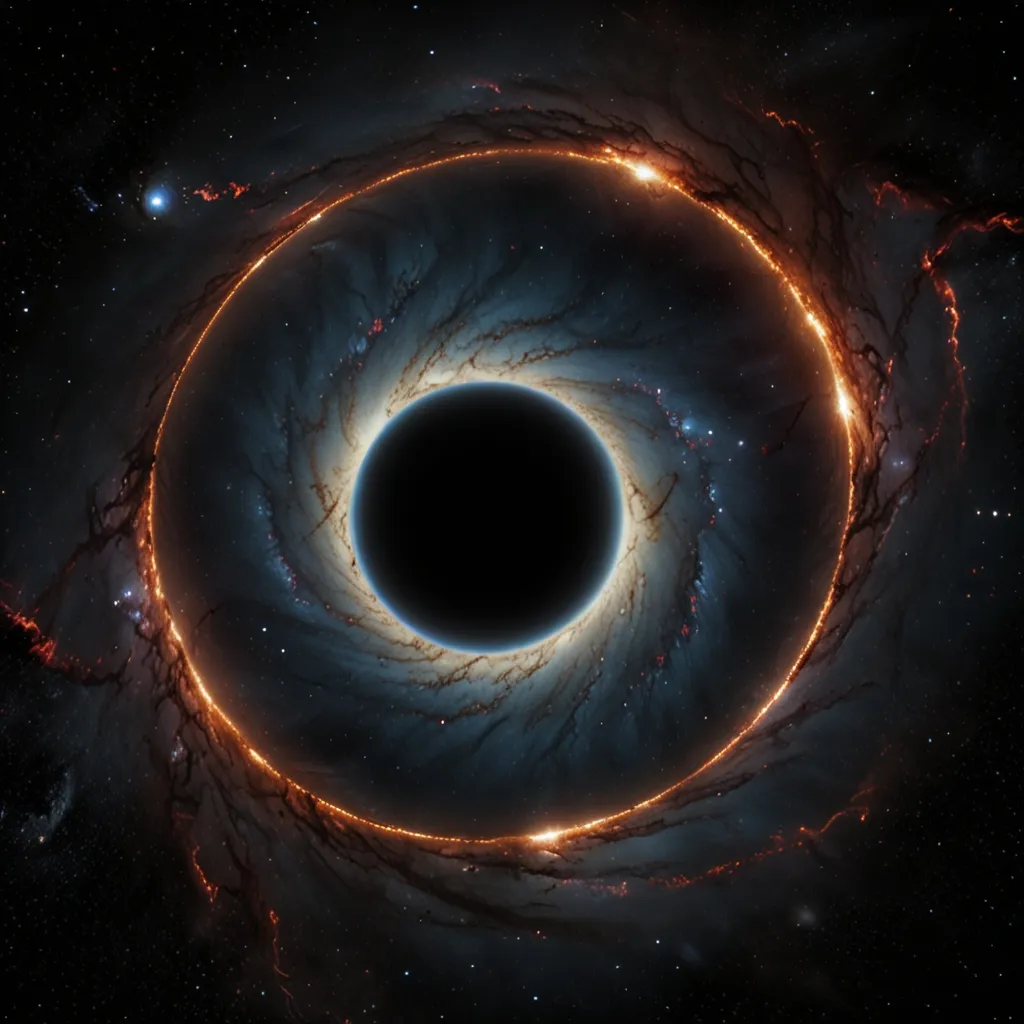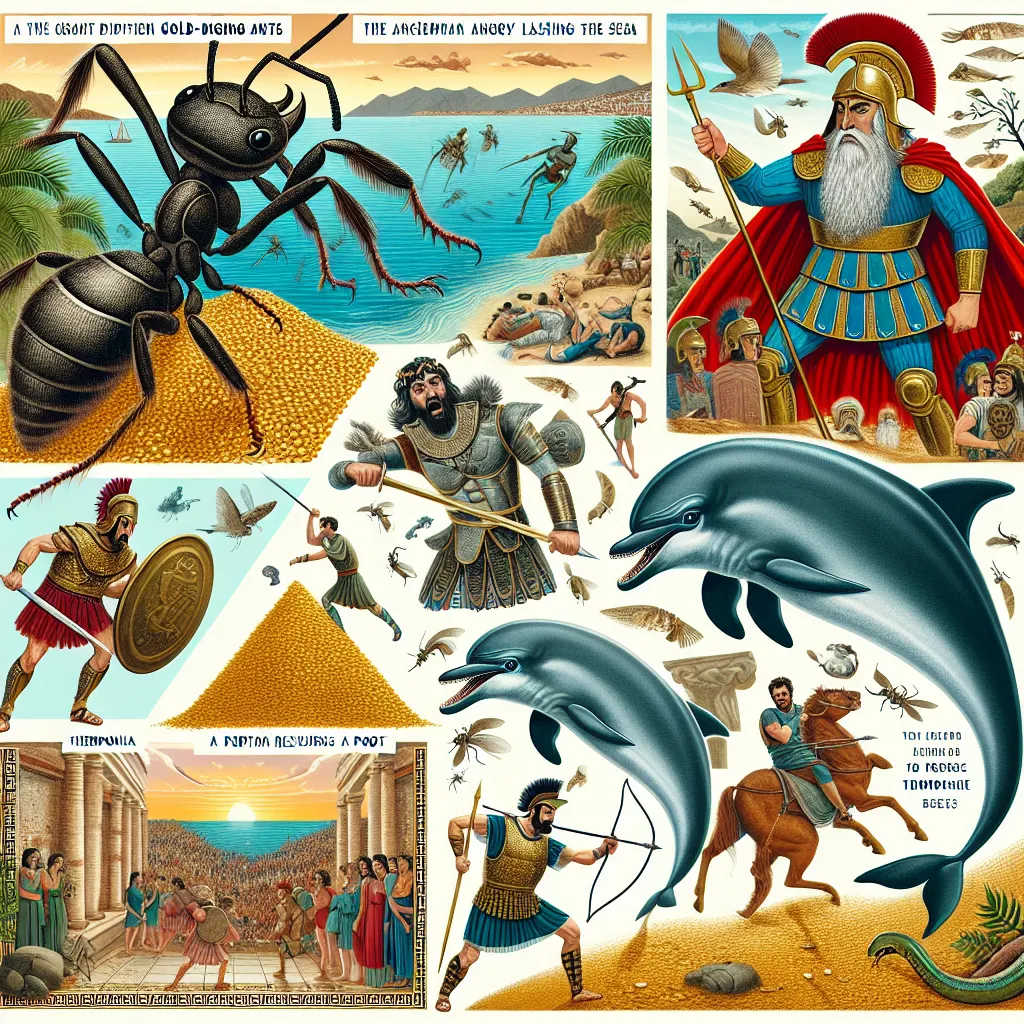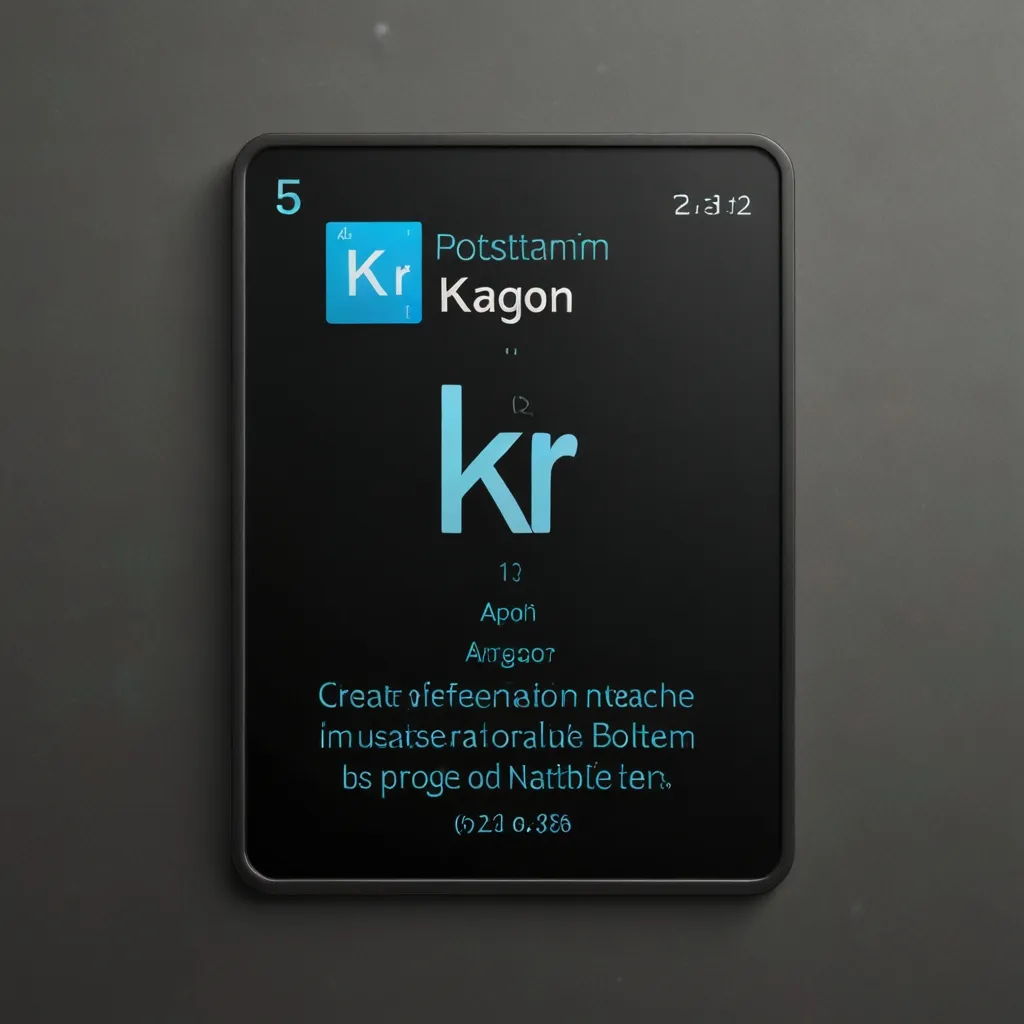The visible universe, composed of fewer than 100 naturally occurring elements, showcases an immense diversity and complexity. This diversity is evident not just in the multitude of substances across the universe, but also within our own bodies. With such a limited number of building blocks called atoms, how is it that we can observe such a vast array of chemical substances?
The answer lies in the nature of atoms and how they combine through a process known as chemical bonding. Atoms are rarely solitary; they often bond with each other to form molecules. This bonding process is the key to the incredible array of phenomena we observe—ranging from the creation of life to the fuel we use for energy and the consciousness we enjoy.
Chemical bonds form because natural systems tend to adopt a state of lowest energy. Just as a marble rolls to the bottom of a hill to minimize its potential energy, atoms bond to achieve a lower energy state. This concept is brilliantly illustrated by hydrogen atoms, which typically exist in pairs (H2) rather than alone. When two hydrogen atoms approach each other, their electrons and protons interact in a way that ultimately lowers the system’s total energy, leading to the formation of a stable molecule.
This principle extends to other elements as well. For example, the air we breathe consists of molecules like O2 (oxygen) and N2 (nitrogen), where pairs of atoms share electrons. Water (H2O) involves a more complex arrangement, with two hydrogen atoms bonding to one oxygen atom.
The key to these interactions is energy. Each element has a preference for a particular electronic structure, often aiming for a full set of electrons in its outer shell, or valence shell. This preference is rooted in quantum mechanics and principles like the Schrödinger equation, which defines how electron probabilities are distributed around an atom, and the Pauli exclusion principle, which states that no two electrons can occupy the same quantum state simultaneously.
Interestingly, some elements are naturally stable and inert. The noble gases, for example, already have complete electron shells and thus do not readily form bonds with other atoms. Other elements, however, are more reactive. Elements like fluorine and chlorine are highly reactive because they are just one electron short of a complete valence shell and will readily attract an additional electron from other atoms.
On the flip side, alkali metals like sodium have one extra electron they eagerly shed, leading to strong bonds when they meet halogens. This electron exchange often releases energy in the form of heat, evident in reactions like the formation of table salt (sodium chloride).
Chemical bonds can be covalent—where atoms share electrons—or ionic—where electrons are transferred between atoms. These bonds are not just random occurrences but are driven by the desire of atoms to reach a state of lower potential energy.
Ultimately, the magic numbers of electrons—such as 2, 10, 18, 36—correspond to particularly stable electronic configurations. Solving equations from quantum mechanics supports why these configurations have the lowest potential energy.
All this quantum magic provides insights into how nature behaves but does not answer the deeper “why” behind these behaviors. Future scientific advancements, perhaps in fields like string theory, may uncover these mysteries and explain why things are the way they are.
Regardless, the ongoing exploration of these profound ideas remains a captivating journey for scientists both professional and amateur, offering endless intrigue and discovery.






